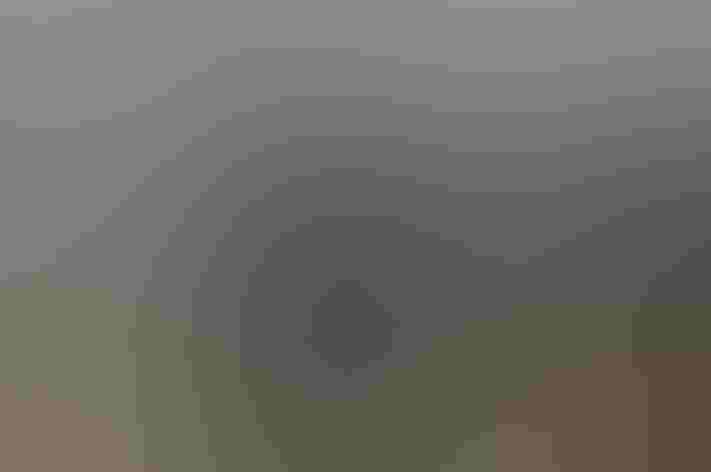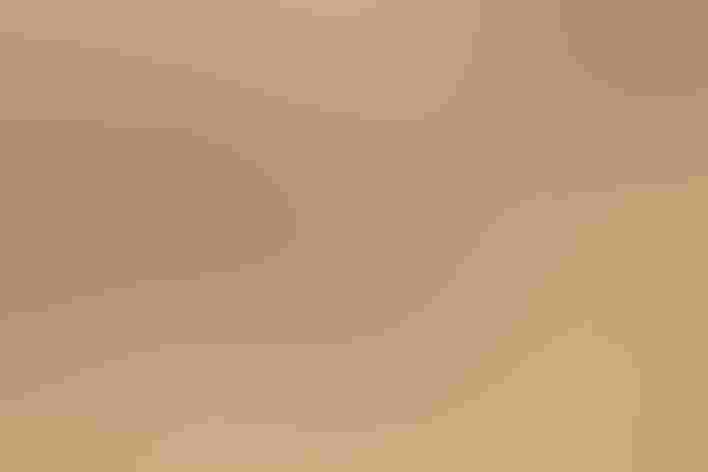Laughing Gull
At a Glance
The strident laughing calls of this well-named gull are among the most characteristic sounds around tidewater along the Atlantic and Gulf coasts, especially in summer. It seems to be mostly a warm-weather bird, with the majority departing from Atlantic coastal areas north of Florida in winter. Its nesting colonies are localized but often large, sometimes with thousands of nests.
All bird guide text and rangemaps adapted from by Kenn Kaufman© 1996, used by permission of Houghton Mifflin Harcourt Publishing Company. All rights reserved.
Category
Gull-like Birds, Gulls and Terns
IUCN Status
Least Concern
Habitat
Coasts and Shorelines, Lakes, Ponds, and Rivers, Landfills and Dumps, Saltwater Wetlands
Region
California, Eastern Canada, Florida, Great Lakes, Mid Atlantic, New England, Plains, Rocky Mountains, Southeast, Texas
Behavior
Direct Flight, Hovering, Soaring, Swimming
Population
1.600.000
Range & Identification
Migration & Range Maps
Withdraws in winter from northern areas, with many migrating as far as northern South America. Rarely straggles far inland.
Description
15-17" (38-43 cm). Adult has dark gray back fading into mostly black wingtips. Bill and legs dark (often with strong red tinge). Immatures with scaly brown pattern at first, gray-backed by first winter; note bill shape, dark legs.
Size
About the size of a Crow, About the size of a Mallard or Herring Gull
Color
Black, Gray, Red, White
Wing Shape
Long, Pointed, Swept, Tapered
Tail Shape
Rounded, Short, Square-tipped
Songs and Calls
Loud, high-pitched ha-ha-ha-ha-haah-haah-haah-haah-haah.
Call Pattern
Flat, Undulating
Call Type
Raucous, Scream
Habitat
Salt marshes, coastal bays, piers, beaches, ocean. Generally found only in coastal regions, especially common around beaches and salt marshes, but also ranging several miles inland to rivers, fields, dumps. Found well inland in Florida and at Salton Sea, California. Nests on beaches and dredge spoil islands among grass and bushes.
Sign up for ÃÛèÖAPP's newsletter to learn more about birds like the Laughing Gull
Behavior
Eggs
3, sometimes 2-4. Olive to buff or brown, blotched with brown. Incubation is by both sexes, about 20 days.
Young
Remain in nest for a few days after hatching, then wander nearby, hiding under vegetation. Both parents feed young, giving them half-digested food at first, solid food later. Age at first flight about 5 weeks.
Feeding Behavior
Forages while walking, wading, or swimming, or may forage in flight by plunging into water or dipping to surface. May steal food from Brown Pelican, landing on pelican's head and snatching fish from larger bird's bill pouch.
Diet
Includes crustaceans, insects, fish. Diet varies with location and season. Eats many small fish, crustaceans, and insects, also earthworms, snails, refuse. In late spring, gathers to eat eggs of horseshoe crabs. Also eats eggs and sometimes young of other birds, especially Royal Terns.
Nesting
Breeds in colonies, sometimes with thousands of nests; sometimes associated with other species of gulls or terns. Nest site is on ground among grass or bushes. In more southerly areas, may be among denser growth, under shrubs or vines, perhaps for protection from sun. Nest (built by both sexes) may be a scrape in ground with sparse lining, or may be shallow cup of grass, sticks, debris, lined with finer grass. Adults may continue adding to nest during incubation.
Conservation
Conservation Status
Numbers were seriously depleted during 19th century by hunting for feather trade, recovered well in early 20th century, then some decline at northern colonies owing to competition with larger gulls. Currently some colonies face threats, but overall population abundant and widespread.
Climate Threats Facing the Laughing Gull
Choose a temperature scenario below to see which threats will affect this species as warming increases. The same ÃÛèÖAPP change-driven threats that put birds at risk will affect other wildlife and people, too.











